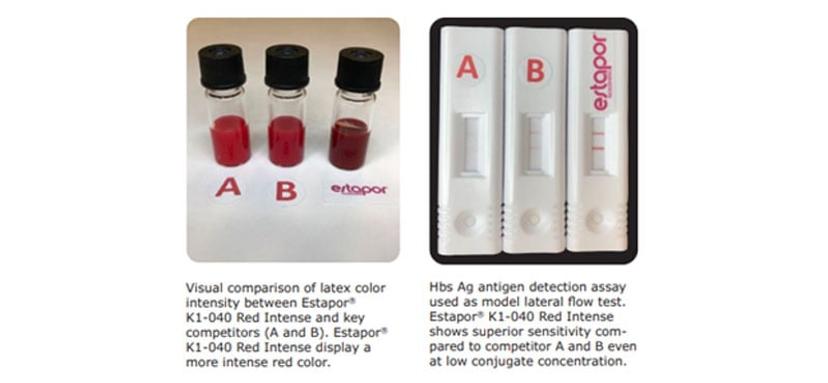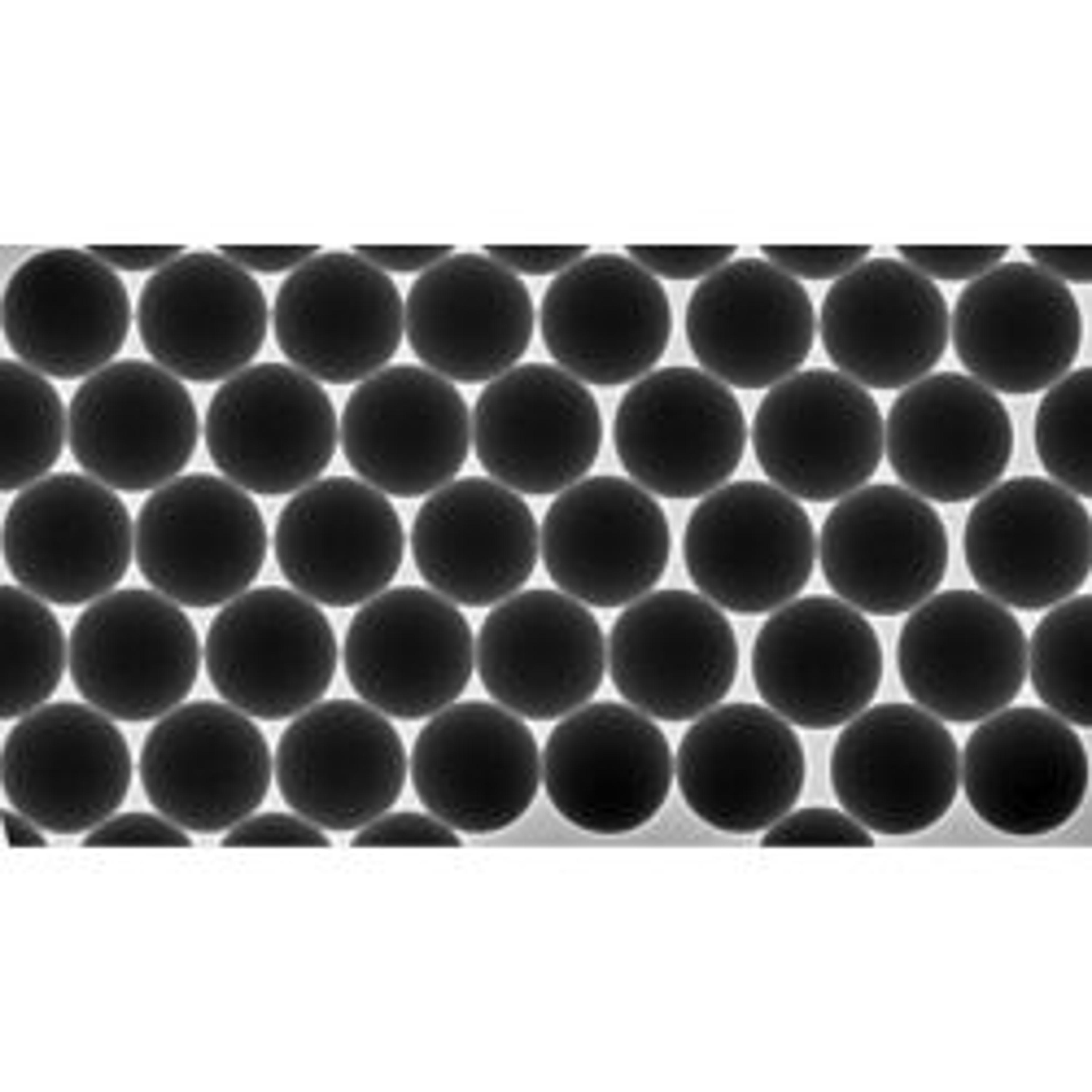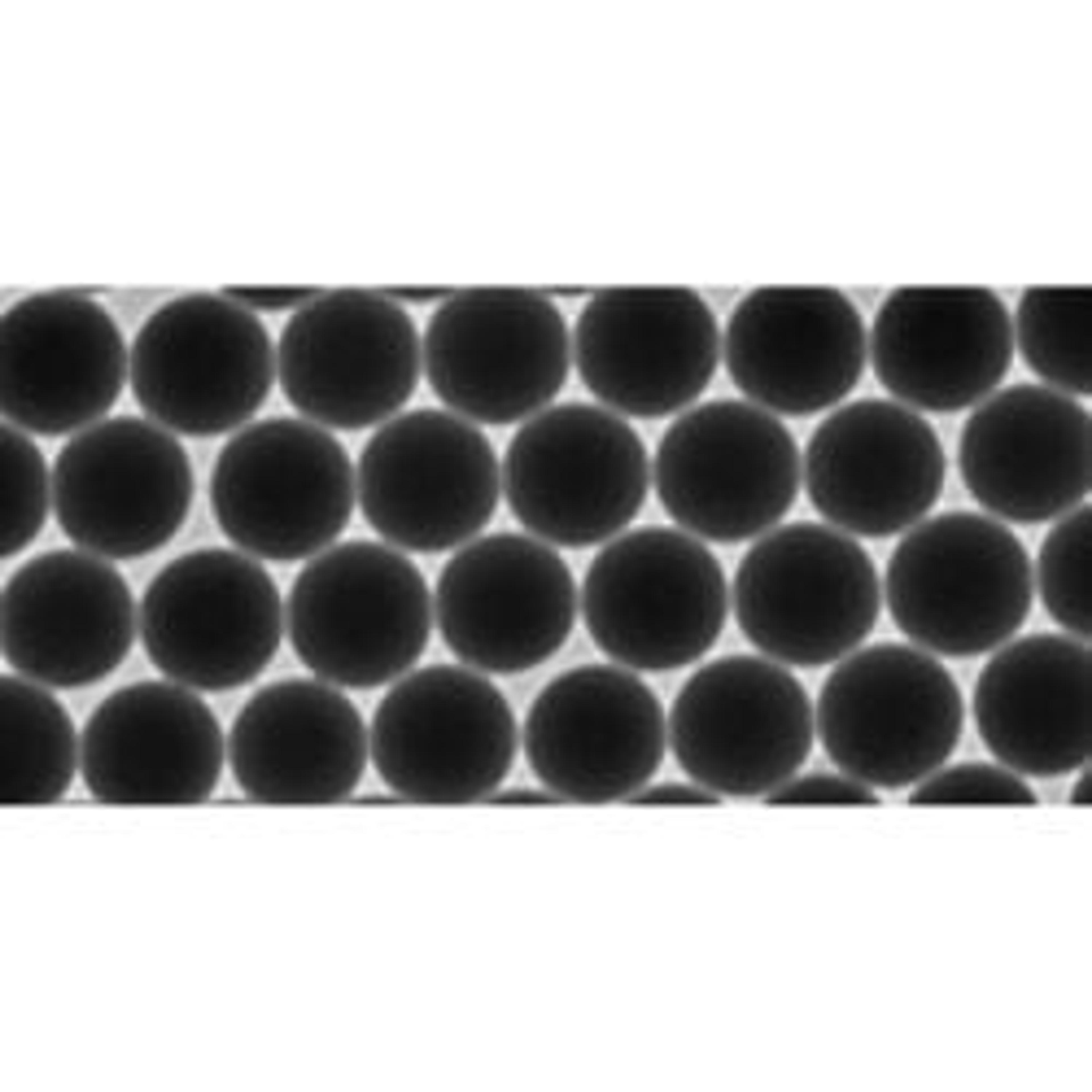From gold to bold: New intense color microspheres for lateral flow assays
Discover how Merck’s new Estapor Intense Color Microspheres promise increased sensitivity, stability, and multiplexing capability for lateral flow tests
6 Sept 2023

Owing to their simplicity, rapid results, cost-effectiveness, and suitability for self-testing, lateral flow assays have become the most used point-of-care tool for diagnostic applications worldwide. No more than during the COVID-19 pandemic has the value of lateral flow tests (LFTs) been so prominently evident, with their global adoption playing a crucial role in containing the spread of the virus. Now, as testing for SARS-CoV-2 begins to normalize, the widespread acceptance of LFTs and their proven feasibility for large-scale testing has fueled the demand for the development of next-generation designs.
In recent years, much of the research aimed at advancing LFTs has focused on enhancing their sensitivity, specificity, selectivity, reproducibility, and multiplex capability. Of these pursuits, the simultaneous detection of multiple analytes in a single LFT is highly desirable, as they offer a means to increase throughput, efficiency, and potential diagnostic power. Among the ways to achieve multiplexing in LFTs is to use detector particles – the nanosized beads responsible for visualizing the signal on the test strip – with unique labels or different colors.
For qualitative LFTs that rely on visual detection, colloidal gold particles or dyed microspheres are typically used to generate a colorimetric signal (e.g., a red band on the test line) that can be easily seen by the human eye. Whether in a single test or multiplexing assay, the quality, stability, and color intensity of these detector particles are thus essential, especially if a low limit of detection is required. To meet this need, Merck has recently launched new Estapor® Intense Color Microspheres, with Intense Red being the first to become commercially available. In this article, we speak with Dr. Fabrice Sultan, Sales and Marketing Manager, and Dr. Maxime Prost, Product and Process Improvement Manager, to learn more about these new and improved microspheres and how they promise to deliver significant sensitivity gains, greater cost efficiency, and simplified multiplexing for lateral flow applications.

The value of multiplex lateral flow tests
Since their adoption for human pregnancy testing in the late 1980s, lateral flow tests have found uses in a wide array of fields, including medical, veterinary, forensic, food safety, and environmental sectors. LFTs are usually developed for the rapid detection of a single analyte per assay. However, there is growing interest in multiplexing due to its potential to enhance throughput, reduce sample requirement and improve testing efficiency. In healthcare settings, the use of multiplex LFTs may also expedite clinical decision-making and support effective triaging, as Dr. Prost explains: “Pathological states usually have a very complex physiology, expressing different biomarkers at different stages of the disease evolution. A multiplexed point-of-care test would enable the analysis of several biomarkers in a single test, making the diagnostic very efficient and cost-effective.”
Similarly, multiplex lateral flow tests have already proven valuable in distinguishing between multiple infectious agents that exhibit similar symptoms in patients, including SARS-CoV-2, influenza, and their co-infections. “Another good example is the detection of rotavirus and adenovirus, which are the two main viruses responsible for certain health issues, particularly in young children,” shares Dr. Sultan. “We provide many customers with microspheres for LFTs that enable the detection of these viruses using different colored lines, such as blue for adenovirus and red for rotavirus, in addition to a green control line.”
Beyond diagnostics, multiplex lateral flow tests are also gaining prominence in drug-of-abuse (DOA) testing. “Multiplex lateral flow kits can be used to simultaneously detect multiple different chemical compounds associated with drug abuse, such as cocaine, morphine, benzodiazepines, and cannabinoids,” explains Dr. Sultan. “These kits offer a comprehensive approach to determine if an individual has consumed any drugs, which is particularly advantageous in situations like roadside drug testing.”
A video to demonstrate the performance of the Estapor Red Intense Microspheres vs. other methods.
Out with the (g)old, in with the new
The most popular way to achieve multiplexing in LFTs is using multiple test lines on a test strip, with each spatially separated test line reporting the presence or absence of a specific analyte. Colloidal gold is the most widely adopted detector particle for colorimetric LFTs and has the advantages of being easy to manipulate, biocompatible, and highly visible, with its distinct red color. However, it is restricted to mono-color testing, making multiplexing more challenging. Conversely, latex beads, such as Merck’s established Estapor® Microsphere range, are available in a variety of vibrant colors and enable easier visual evaluation of multiple test lines, reducing the risk of result misinterpretation.
The key advantages of Merck’s Estapor® Intense Color Microspheres include:
- Improved assay sensitivity through greater signal intensity
- Clear visual multiplexing
- Better storage stability of both raw particles and conjugates
- Manufactured in large volumes
- Free stock reservation policy
- Versatile, available at both 300nm and 400nm in diameter
- Cost effective in development and use
The introduction of Merck’s new Estapor® Intense Color Microspheres follows significant improvements to the company’s microsphere dyeing process and brings several advantages over both colloidal gold and traditional latex beads for lateral flow applications. "Red Intense particles are already available on the market and in the coming months, we will launch Blue and Black Intense beads as well,” shares Dr. Prost. “We chose these colors for their strong contrast against the white membrane and because they can be easily distinguished in a multiplexed assay, compared to yellow and orange, for example.”
In addition to supporting multiplex LFT designs, one of the main benefits of these bolder microspheres is their greater suitability for developing higher-sensitivity assays. “From internal testing and initial customers feedback, the new range of Intense Color microspheres have demonstrated up to a 4-fold improvement in sensitivity compared to competitors on the market,” Dr. Prost proudly shares.
“This not only provides the option to develop tests with lower limits of detection but also to reduce the volume of reagent required to achieve the same level of sensitivity,” adds Dr. Sultan. “Reducing reagent volumes can result in significant cost savings, especially considering the expensive antibodies often used in conjunction with the microspheres.”
Improved bead stability with free batch reservation

Merck’s Estapor® Microspheres also exhibit superior storage stability compared to colloidal gold. “Gold in suspension is not very stable and most gold-based solutions have a shelf life of no longer than 24 months,” explains Dr. Sultan. “In comparison, our latex beads have a shelf life of 36 months.”
This long shelf life, combined with Merck’s industrial-scale production capacity, is particularly advantageous for streamlining validation processes during IVD manufacturing. “We can produce a huge amount of material and one batch may be enough to develop and produce LFTs for the next two to three years,” explains Dr. Sultan. “Once a batch is validated by a customer, we can hold the material free of charge and it can be used for up to three years without the need for re-validation, reducing the costs, time, and resources associated with frequent validations of new batches. Moreover, having material readily available in stock can allow manufacturers to quickly initiate production and meet demanding timelines..”
The stability advantages of Estapor® Microspheres also extend to their conjugation. “While gold particles rely on passive such as Van der Waals’ forces, hydrophobic interaction, electrostatic interaction, solvation forces and hydrogen bonding for large molecule only like for antibody or antigen attachment, Estapor® Microspheres possess carboxyl groups on their surface,” explains Dr. Sultan. “Through a simple chemical activation process, proteins can be attached to the beads via a very strong and stable carbonate link. This makes the finished product much more stable.”
The next generation of POC tests
According to the REASSURED guidelines set out by the World Health Organization (WHO), an ideal point-of-care diagnostic should exhibit real-time connectivity and ease of sample preparation, be affordable, sensitive, specific, user-friendly, robust and reliable, equipment-free or environmentally friendly, and deliverable to end-users. With these criteria in mind, Dr. Prost is in no doubt that lateral flow tests will continue to be a dominant format of point-of-care (POC) devices in the future. “We truly believe that lateral flow tests and particularly multiplexed assays can constitute the next generation of POC tests,” he asserts. “With this new range of highly sensitive and cost-effective detector particles, we offer a unique opportunity to develop rapid tests fulfilling most of the REASSURED criteria.”
“Ultimately, these tests will offer the possibility to diagnostic diseases earlier, more reliably, and for a greater number of people,” he concludes.
Learn more about Estapor® Red Intense Microspheres >>
Request a free sample pack to see how Hi-Flow™ Plus membranes can enhance your tests.
Visit our new content hub, showcasing the best practices to transform assay development >>


